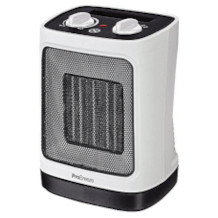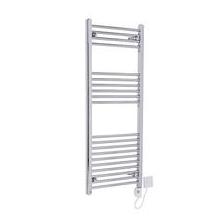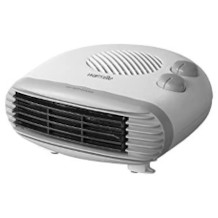Infrared heating panel purchasing advice: how to choose the right product
- What you need to know
- Infrared heating panels are highly efficient electric heaters and don’t require fossil fuels or piping.
- They don’t heat the air (convection), but directly all bodies and objects in the room.
- Designed as a mural, mirror, or panel, wall heaters fit seamlessly into any living ambience.
- In new and well-insulated buildings, infrared heating is a more efficient and cheaper alternative to oil or gas heating.
Cosy warm trend
When autumn knocks on the door, the nights get longer and the days colder, it is nice to come home in the evening to warm and cosy rooms where you can relax and leave the stress of the day behind. If you use an infrared heater to heat your dwelling, you bring the sun into your home. It not only provides pleasant warmth, but also offers health benefits that other heating systems cannot provide.
Infrared heaters require only the shortest preheating times: simply switch on and in no time at all you can enjoy cosy warmth in the entire room. Thanks to the latest infrared technology, modern infrared heaters save electricity and generate heat efficiently.
Whether in the bathroom, living room, kitchen, or office, as a ceramic panel, glass pane, mirror, mural, or chalkboard: different surface materials, shapes, and designs make the heating panels real eye-catchers, or make them appear inconspicuous as furnishing objects. It is not without reason that infrared heaters are very much in vogue, both as addition and as an alternative to conventional heating methods.
Benefits of infrared heating
What exactly is infrared heating, how does it work, and what advantages does this heating technology offer? Can it really be an alternative to conventional gas and oil heating?
How infrared heating works
Infrared heating, or IR heating for short, is a thermal wave heater. It generates radiant heat and is in this respect comparable to the sun. Just like our natural heat source, IR heating emits infrared rays in a certain wavelength range.
The radiation emitted by the heater hits objects, walls, and people in the room and is only converted into heat energy on their surface. Thus, the infrared heating doesn’t heat the air, but directly the surfaces of human bodies, furniture, and walls. The heated surfaces themselves become radiators that radiate heat into the room.
Sun-warm
If you place an amber drinks bottle on a lawn in summer, you will notice that the bottle and its contents quickly become much warmer than the surrounding air. This is because the infrared radiation penetrates the bottle, is absorbed by it, and only then is it converted into thermal energy. Infrared heaters make use of this principle.
A big difference to conventional heating technologies: fossil fuels such as gas, oil, or coal are burned to heat water, which requires a great deal of energy and results in a loss of energy. The water is then pumped through pipes into radiators to heat the ambient air, with further energy loss. The ambient air ultimately warms people.
Infrared heating, on the other hand, is an electric heater. It works with electricity through an ordinary plug to which a room thermostat is attached. A carbon fabric or graphite coating in the infrared heater converts the electrical energy directly into electromagnetic infrared radiation energy. This is long-wavelength infrared C (IR-C) radiation, like that emitted by the sun.
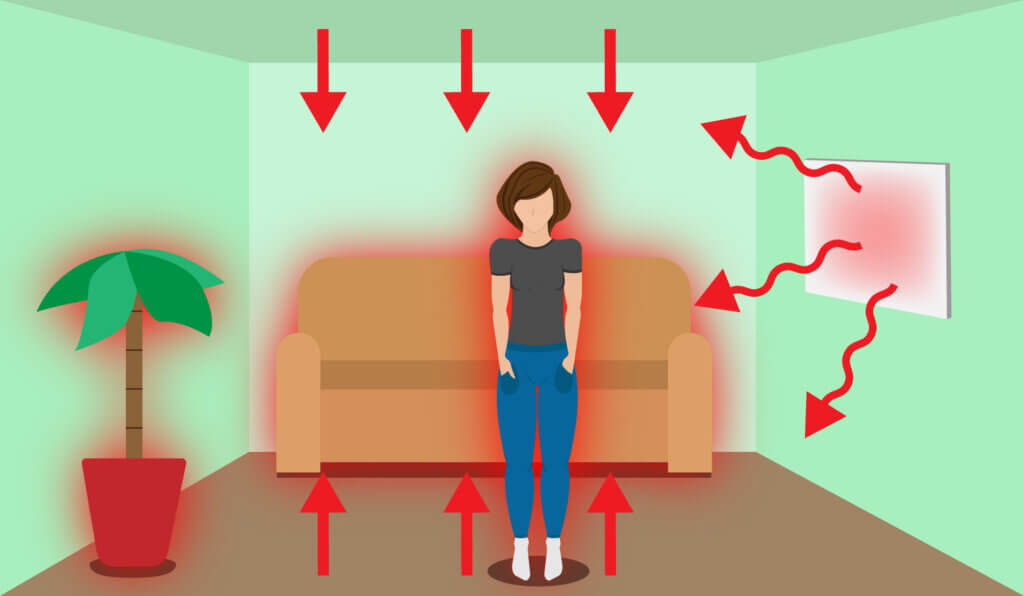
Isn’t heating with electricity too expensive?
You may now ask: isn’t heating with an infrared electric heater inefficient because of the high electricity consumption? Far from it! Since an infrared heater doesn’t heat the air, but directly the person and all objects in the room, it converts almost 100% of the energy used into heat. It is therefore highly efficient and produces two types of heat.
- Direct radiant heat: the heat from the heater itself can be felt up to 13 feet (4m) away.
- Indirect room heat: all surfaces in the room radiate heat, which heats up the room air.
Infrared heaters save energy because they don’t have to be set as high as conventional heating systems. The long-wavelength infrared C radiation penetrates deeper than heated air. If the measured room temperature is only 64 °F (18 °C), a person in the room will estimate the temperature to be at least 4 degrees warmer, i.e. 68 to 70 °F (20 to 21 °C).
Let’s go out into the sun!
Although the air temperature on a spring day is an even 60 °F (15 °C) in sunlit and shaded areas, we perceive the temperature in sunny areas as pleasant, but in the shade we immediately want to put on a light jacket. This is because the warmth of the sun is only generated on our skin. If no sun hits our body surface, the radiant energy is not converted into heat energy, and we perceive the ambient temperature as being cold.
What advantages do infrared heaters offer?
Infrared heaters not only offer the advantage of providing heat quickly and reliably, but are also a real benefit in terms of both economy and health compared to other heating methods.
Economic advantages
An infrared heater doesn’t heat the air, but surfaces of objects and walls. These store the heat much longer than the air and release it gradually into the room air, making the heating method more efficient than storage heaters, oil, or gas heating. This protects the environment and saves heating costs.
As the wall itself is heated, the dew point inside the masonry shifts further out. A warm wall is dry, and a dry wall insulates better than a cold, damp wall. This also means that less energy is lost to the outside.
Since it doesn’t require a pipe system, infrared heating, unlike other heating systems, is easy to install and maintenance-free. Furthermore, there is no heat loss via a pipe system. The heat is generated on people in the room itself, which means that a lower temperature is sufficient to achieve a greater feeling of warmth.
As the air in the room doesn’t have to be heated before warm air reaches the floor of the room, infrared heating has a very short lead time. So you don’t have to preheat for a long time to achieve a cosy and comfortable temperature. Even on cool summer days, a pleasant warmth is thus quickly generated, independent of the summer-winter cycle of a heating system and long preheating times.
The economic and ecological factors that speak for the purchase of an infrared heating system are summarized below:
- Minimum preheating time
- No heat loss through pipes
- Uniform heat distribution, no heat stratification
- Energy-saving, as temperature sensation is higher
- Longer-term heat storage in walls and furniture
- Better insulation effect by shifting the dew point to the outside
- Cost-effective installation
Health advantages
An ordinary radiator or even underfloor heating heats the air, which rises as a result, while the cooler air sinks to the floor to be heated again by the radiator. This circulating heating principle is called convection. This means that there is a permanent circulation of air, in the course of which dust particles, pollen, bacteria, and mite excrement are also stirred up. For allergy sufferers and asthmatics, this can sometimes lead to severe problems. Infrared heating, on the other hand, doesn’t generate any air movements.
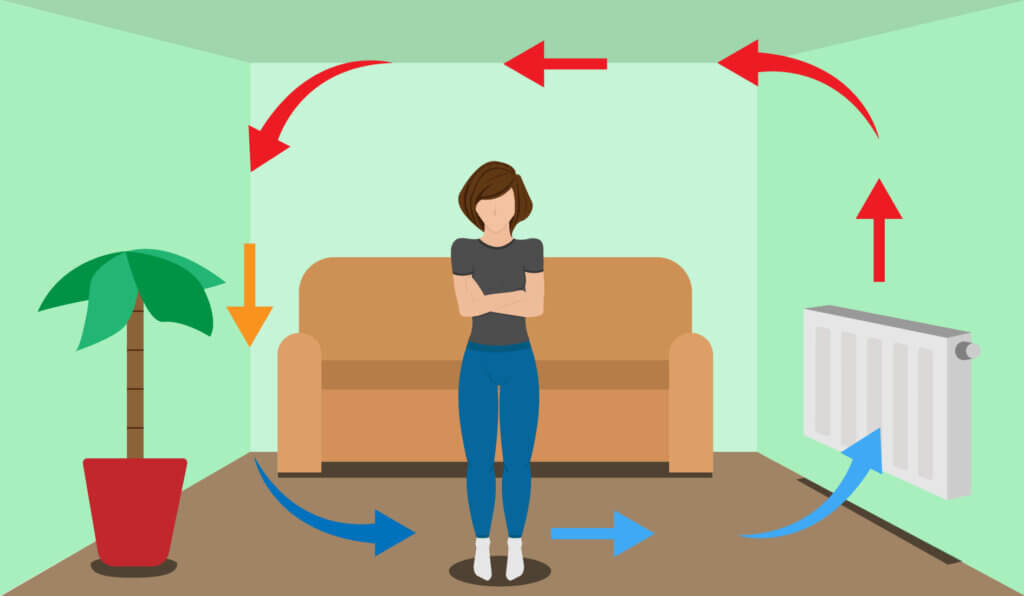
Since the infrared rays penetrate the walls and warm them up, the heating method prevents damp walls and the resulting mould. In addition, the room air itself isn’t heated directly, which is why it dries out considerably less than is the case with conventional heating methods. With such a pleasant room climate, the mucous membranes of the nose, mouth, and throat don’t dry out, which minimizes the risk of catching a cold.
Infrared C radiation (IR-C) is harmless to health, it even has a positive effect on health and well-being. In physical medicine, infrared treatment has numerous applications in the therapy of muscle tension, fibromyalgia, lumbago, bronchitis, rheumatic diseases, and also middle ear infections. Infrared saunas are also becoming increasingly popular, as they are believed to strengthen the immune system. The vessels dilate and oxygen transport is optimized.
Permanent heat therapy?
Medical infrared treatment uses infrared lamps that use infrared A radiation (IR-A). Compared to IR-C radiation from infrared heaters, IR-A radiation is shorter-waved and penetrates deeper into the tissue. An infrared heater therefore doesn’t provide highly effective continuous therapy, but more so a pleasant feeling of warmth.
The long-wave IR-C rays are reminiscent of the natural radiation of the sun. For owners of infrared heaters, this leads to an effect similar to that which a walk in the spring sun can produce: the mood brightens.
The health benefits of infrared heating in brief:
- No whirling up of house dust (positive for allergy sufferers and asthmatics)
- Prevention of mould growth in corners
- No drying out of the room air
- Pleasant room climate
- Contributes to muscle relaxation
- Promotes blood circulation
- Strengthens the immune system
- Mood-lifting
What to look out for when buying
When deciding to buy an infrared heater, there are some important factors to consider. You should ask yourself the following questions before making your choice:
- What size of a heater and output do I need for the room?
- Which design is appropriate for the area of application?
- Does the heater have the necessary safety certificates?
- How expensive is the heater and is the price-performance ratio right?
- How time-consuming is the installation?
- Are important accessories included?
How much power does the heater need?
The size and output of the infrared heater must correspond to the size of the room in question. A rough guide for modern infrared heaters is 50 to 60W per 10 square feet of room area. As the wattage increases, so does the size of the heater. But even a room of about 200 square feet only needs an infrared heater of less than 10 square feet.
| Suitable for rooms up to max. | Output | Size of heater |
| 40 ft² (4m²) room area | 210W | Approx. 2.6 ft² (0.24m²) |
| 85 ft² (8m²) room area | 400W | Approx. 4.5 ft² (0.42m²) |
| 130 ft² (12m²) room area | 600W | Approx. 6.6 ft² (0.60m²) |
| 170 ft² (16m²) room area | 800W | Approx. 8.4 ft² (0.78m²) |
| 190 ft² (18m²) room area | 900W | Approx. 9 ft² (0.84m²) |
| 300 ft² (28m²) room area | 1400W | Approx. 17.2 ft² (1.60m²) |
The figures are based on rooms that are thermally insulated according to modern standards. Poorly insulated rooms in old buildings, for example, require a more powerful heating system. In this case, one should estimate about 100W per 10 square feet (1 m²) of necessary power. The better the insulation of a building, the more likely it is that an IR heating system will be worthwhile.
The wall heating should always be hung on an interior wall that is not opposite a window to prevent any loss of radiation. Since an infrared heater warms objects, not the air itself, it is advantageous to have more furniture and other furnishings in the room. An empty room or rooms with high ceilings heat up worse and therefore need a heating panel with a higher output.
Infrared heaters can be combined. So instead of choosing a single large heating plate, it is alternatively possible to install several smaller heating plates to heat a larger room. The smaller the heater and the lower the output, the lower the electricity consumption, of course. However, it should be borne in mind that the necessary heating time is reduced with more powerful infrared heaters. In this respect, it can also be worthwhile to install a somewhat more powerful heating panel in a smaller room, if this is to be heated permanently.
Ingress protection code
Radiators are classified according to a Ingress Protection code (IP code). The IP code indicates in which rooms consumers can install an infrared heater and in which rooms it is better not to. The majority have IP20 or IP44. A device with IP20 is only protected against coarse dirt and not against water. Radiators with this degree of protection are therefore only suitable for installation in living areas where they do not come into contact with splash water or water vapor.
IP codes
The degree of protection is indicated by two digits: the first digit classifies the protection against the penetration of solid particles such as dust particles, the second digit the protection against the penetration of moisture as well as the shock resistance.
Protection class IP44 means that the radiator is resistant not only to the penetration of solid particles but also to water splashing from all sides. This means that heating panels of this protection code are also suitable for installation in the bathroom. Even more suitable for this are models with code IP65, which are completely dust-tight and immune to the penetration of jet water. IP65 infrared heaters could therefore also be accidentally splashed with a shower head without water seeping in.
Surface material
The outer surface of an infrared heater can be made of different materials. Each material has specific characteristics and thus also certain advantages and disadvantages for different purposes. Common infrared heaters are made of:
- safety glass
- sandblasted glass
- galvanized sheet steel
- ceramics
- marble
- natural stone
- wood
A metal surface, mostly galvanized sheet steel, is widely used as a standard for infrared heaters. Mirror, panel and picture heaters are actually modified glass heaters. They are made of shatter-proof safety glass, and are also available as simple glass heaters without additional back or front panels.
Ceramic heaters offer several advantages: like stone and marble heaters, they store heat for some time, even after the heater is inactive. The preheating time is particularly short because ceramics are heat conductors. However, the surface itself heats up less, which makes them especially fitting for children’s rooms. Marble and natural stone heat up somewhat more slowly than ceramics, but they retain heat even longer.
Like ceramic tiles or stone slabs, ceramic, marble, and stone heaters are very robust, abrasion-resistant, durable, and fireproof. Even with constant UV exposure, they do not fade and the available range of colors and patterns is huge. The surface is easy to clean and does not emit pollutants or unpleasant odors.
Safety
Overheat protection should always be built into the infrared heater. It is the most important safety precaution, as it prevents the infrared heater from overheating, which could lead to a short circuit or scorching fire. Some units even have two such safeguards.
A good infrared heater should not cause any electrosmog. Therefore, as a prospective buyer, look out for the seals of accredited safety testing institutions.
Purchase price and heating costs
The purchase price for infrared heating panels can vary greatly depending on the quality, design, and size of the IR heater. If we assume the complete equipment of an average 800-square-feet appartment (75m²), an appartment owner will need ten 500W infrared heating panels. Depending on their individual wishes, the purchase price is likely to be between $3000 and $5000. The uncomplicated installation is done by the owners themselves. Compared to the purchase price of an oil or gas heating system, radiators, and piping systems for all rooms plus the costs of installing the heating system and connecting the radiators, infrared heating panels are a real bargain. Less so, however, if the traditional heating system is already installed upon moving in.
But what about heating costs? A house without state-of-the-art insulation should consume 60 to 80 kWh per 10 square feet (1m²) per year when fully heated with infrared radiators. Of course, the bill is highly dependent on the variable electricity price. For our example, we assume an electricity price of $0.12 per kWh and assume a daily heating period of 8 hours on 180 days a year.
What accessories should be included?
Most infrared heaters come with the necessary installation material. This includes material either for wall or ceiling mounting, screws and anchors. In the case of a heating panel that is suitable for free-standing installation in the room, the matching stand made of metal or wood should be included right away. Useful additional items are a thermostat and a temperature controller. There are manufacturers that offer a socket thermostat for infrared heating with smart home compatibility. Users can control it with an app via their smartphones and set the desired temperature.
Types of infrared heaters
Infrared heaters come in various forms and designs. First of all, a distinction must be made between mobile floor heaters and heaters for fixed installation on walls or ceilings. The different models are available in a wide variety of different designs and shapes.
Infrared heating panels
Infrared heating panels are available in different sizes and are suitable for fixed mounting on the ceiling or wall. Thanks to their flat design, they take up little space and hardly protrude into the room. Infrared heating panels that are mounted on the ceiling are particularly space-saving.
Even if the installation on the walls is manageable for non-professionals, certain restrictions apply to ceiling mounting. For example, ceiling-mounted heating panels should weigh less than 20 pounds (10kg) and have an appropriate mounting system that enables them to be securely anchored on the ceiling in the first place.
The user controls the desired room temperature via a wireless thermostat. Depending on the setting, the thermostat automatically regulates temperature to maintain the desired level without the user having to switch the heating on and off manually. When the temperature is reached, the heating switches off automatically.
Infrared radiant heater
Depending on the intensity of the radiation, infrared radiant heaters are available in two versions, IR-A and IR-B radiant heaters, which are suitable for different areas of application. However, both versions are not recommended for indoor use because of the high heat generated and the comparatively high power consumption. For heating indoors, commercially available IR-C heating panels should be used. However, infrared radiant heaters are ideal if you only need to produce a pleasant warmth quickly and for a limited period of time.
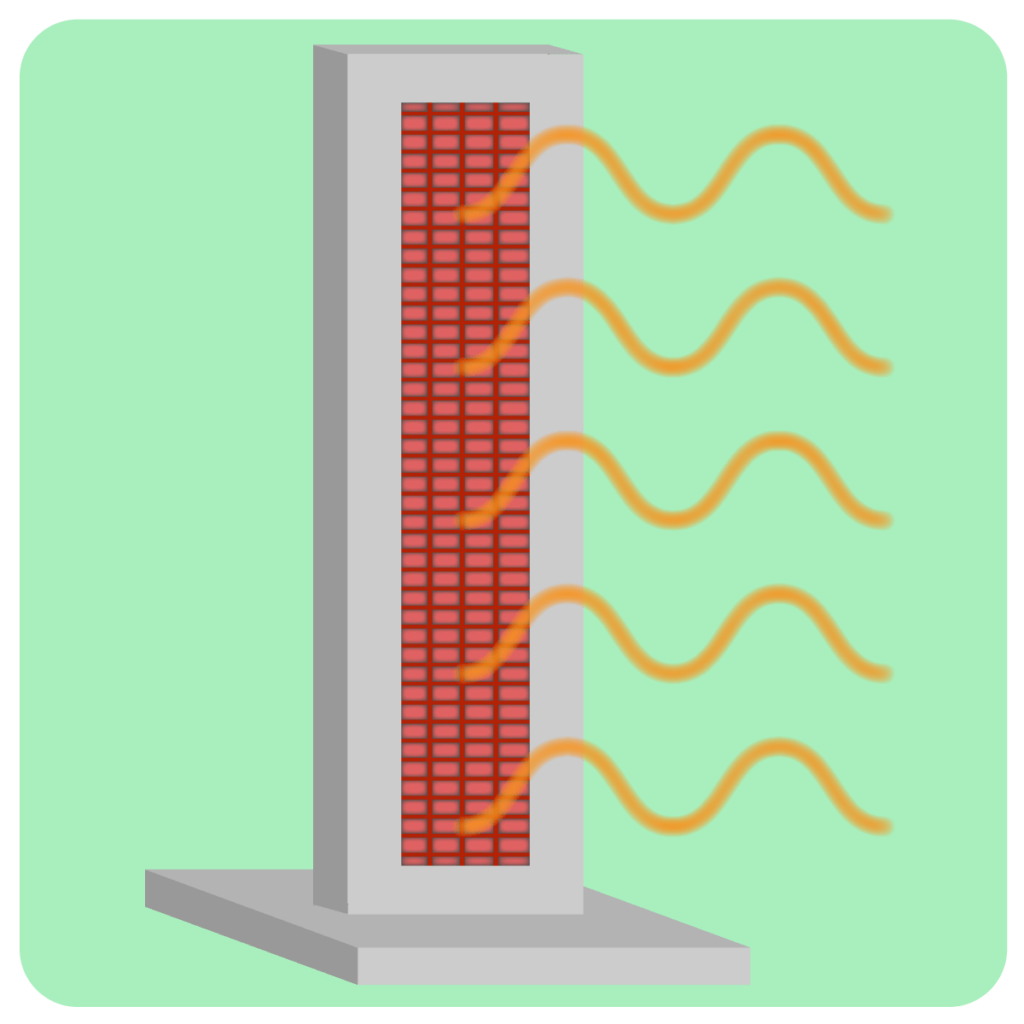
IR-A radiant heater
Infrared A radiant heaters emit short-wave IR-A radiation that appears reddish. As their heating effect is stronger than that of IR-C and IR-B radiation, these radiant heaters are recommended for outdoor use. They are becoming increasingly popular, for example, in the catering industry as a replacement for gas-powered umbrella heaters, but they are also suitable for terraces and balconies.

IR-B radiant heaters
The weaker IR-B radiant heaters emit a faint reddish light. They are not effective enough in draughty outdoor areas, which is why they are more suitable for heating conservatories quickly and for a limited time.
Infrared space heaters
A small and mobile freestanding heater is excellent for heating smaller rooms for short periods of time where people are present only rarely and irregularly. As direct heating, it is also the perfect solution for
- basement rooms or attics where no heating is available,
- small offices,
- the sitting area in the appartement,
- cool places at the reception or at the cash register,
- construction containers,
- open workplaces, and
- for drying walls as a construction dryer.
It is also a sensible purchase as a temporary auxiliary heater for the transitional period between summer and winter, when the main heating is not yet switched on.
Thanks to attached castors and a lightweight design, infrared space heaters are easy to transport. All that is needed to operate the heater is a standard socket. Infrared heaters are available in various shapes, sizes, designs, and with different outputs.
Design
Infrared heaters come in a limitless variety of shapes, designs, and surface materials. Round, square, or rectangular, flat or curved, made of ceramic, sheet steel, or stone, plain in one color, as a mirror, as a writable slate, or as a mural – the options are almost limitless. This means that there is a suitable infrared heater for every ambience and every taste. We present three unusual variations here:

Mirror heating
The mirror version of the infrared heating panel is ideal for bathrooms. In this way, it is virtually invisibly hidden and the bathroom gains more available space. Thanks to the heat, the mirror does not fog up when showering. But a mirror heater also blends in inconspicuously in the hallway or bedroom.

Blackboard heating
The surface of the blackboard heater not only looks like a school blackboard, it can also be written on with chalk. This makes this version of infrared heating ideal for the kitchen. Messages, appointments or the shopping list are visible to all family members on the heater. The panel heater is also recommended for restaurants or bars, as changing menus of the day or the drinks menu can be written on it.

Picture heating
The surface of the heater can be printed with any picture motif, according to the customer’s wishes. Picture heaters are actually glass heaters. The desired motif is printed on the inside of the glass pane. To make the heater look like a real picture, it is also available with a matching frame.
Oil and gas vs infrared heating
The functionality and advantages of infrared heating should be clear at this point. But how does it compare directly with other heating systems?
Purchase
The purchase costs for an infrared heater are unbeatably low compared to any other heating system. Depending on size and design, the price of a high-quality infrared heater is between $300 and $1200. Apart from an ordinary power socket, no other installations are necessary: no wiring, no pipes.
So you should plan on $3000 to $7000 for equipping a complete flat with infrared radiators, and $6000 to $12,000 for an entire house.
For comparison: oil heating with condensing technology
The purchase costs for a 1300-square-feet house with good insulation as an example:
- Oil condensing boiler: $5000 to $6500
- Chimney renovation: $800 to $1000
- Hot-water tank: $1000 to $1500
- If necessary, solar thermal energy: $8000
Total costs: $14,800 to $17,000 (costs for radiators not included).
Advantages:
- Water heating becomes more efficient at the same time
- Heating costs are additionally reduced by solar thermal energy
- Possible subsidy for oil condensing boiler
- Possible subsidy for solar thermal energy.
For comparison: gas heating with condensing technology
Acquisition costs for a single-family house as an example:
- Gas heating: $2000 to $4000
- Condensing boiler technology: $200 to $1500
- Chimney renovation: $800 to $1,000
- Hot water tank: $1000 to $1500
- Gas connection: $1500 to $2500
- Pipes and conduits: $150 to $700
- Hydraulic balancing: $500 to $1500
- Installation: $1000 to $3000
Total costs: $7150 to $15,700 (costs for radiators not included)
Operation and maintenance
Maintenance costs don’t arise with infrared heating. The devices don’t need to be read, nor do they require regular maintenance by a specialist. A gas or oil condensing boiler, on the other hand, requires maintenance once a year, consisting of boiler cleaning and burner adjustment. This costs about $250. In addition, there are the costs for the chimney sweep, who inspects the chimney and measures the flue gas values every two years. The costs for this amount to $70 to $80 per year.
It is clear that the economic viability of infrared heating depends solely on the price of electricity. The operation of an oil- or gas-fired condensing boiler, on the other hand, is strongly dependent on the price trends not only of electricity but also of fossil fuels, i.e. oil or gas. The price of gas is linked to the price of oil, and this fluctuates considerably from year to year and varies according to location. A rough estimate of operating costs is therefore extremely difficult. However, at least $1000 per year should be expected.
Noise level
A gas condensing boiler operates largely noiselessly, whereas an oil condensing boiler can make a considerable amount of noise. Energy-efficient oil condensing boilers use rocket burners that emit up to 60 dB. This is roughly equivalent to a normal conversation volume up to the noise level of a lawn mower from ten yards away. In apartment buildings with indoor fireplaces and central heating, tenants may be adversely affected, so that retrofitting with a silencer may even be necessary at a cost of about $800.
Any convection heating system, i.e. a radiator connected to a pipe system surrounding the building, can cause noise: it can gurgle or whistle when air is trapped; when a radiator is hit, the sound spreads through the entire house. The situation is different with infrared heating: each heating panel hangs isolated from other systems on its own and thus cannot transmit sound. When in operation, it also does not make any noise.
Space requirement
In terms of space requirements, infrared heating is unbeatable. It doesn’t require a boiler room like an oil or gas condensing boiler, let alone an additional oil storage room. In addition, the radiators themselves save space, can be installed flexibly and can even be used as decorative and functional furnishings in the form of mirrors, pictures or panels. If you plan a new building with infrared heating right from the start, you don’t need a chimney at all.
What other alternative heating methods are there?
In addition to infrared heating, there are several other heating methods that are powered purely by electricity.
Heat pump
Like infrared heating, a geothermal heat pump is powered exclusively by electricity. The difference, however, is that the electricity in a heat pump is not used to generate heat, but to draw heat from the environment and transfer it to the radiators in the house. There are four different types of heat pumps:
- Air-to-air heat pump: the waste heat from ventilation is recycled as heating air.
- Air-to-water heat pump: the ambient air is used to heat the heating water.
- Brine-to-water heat pump: geothermal heat heats the building.
- Water-to-water heat pump: a water reservoir serves as a heat reservoir from which the building is heated.
The electrical energy is therefore not converted 100% into thermal energy here, but only serves as a medium to operate another system. In contrast to infrared heating, energy is lost in the process.
Storage heating
Storage heating is a purely electrically operated storage heating system that uses and stores electrical energy at low costs during the night so that it can be used during the day when the tariffs are actually more expensive. This is because some electricity suppliers offer low-tariff electricity at night. The storage heaters are heated up at these times and conserve the heat for several hours.
The disadvantage compared to infrared heating lies in the fact that hardly any electricity suppliers still offer low-tariff electricity and energy losses occur during the storage phase. Spontaneous heating after a longer absence is not possible because the storage tanks must first be recharged. Compared to heat pumps, storage heaters consume two-and-a-half to four times as much electricity.
Underfloor heating
Underfloor heating systems come in two versions: the classic version that operates with hot water and the electric underfloor heating. In the electric version, heating conductors are laid in or on the screed. As with infrared heating, it is not a convection heating system, which means it doesn’t stir up dust, and mold and mites don’t thrive because of the dry floor heat.
In contrast to infrared heating, underfloor heating has a long preheating time. Installation is cost-intensive. The energy loss is greater because it doesn’t generate the heat directly on the object, but heats the layer of air above the floor.
Images 1-7: © FinalCheck

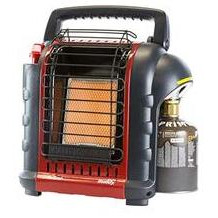
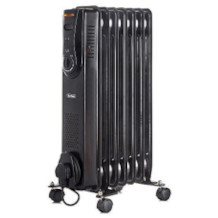
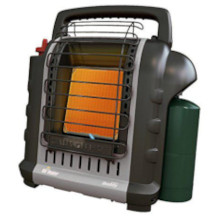
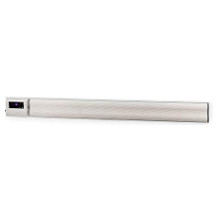
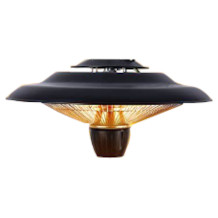
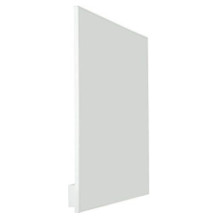
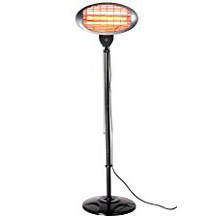
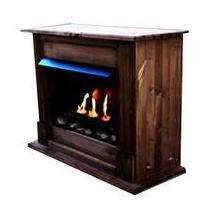
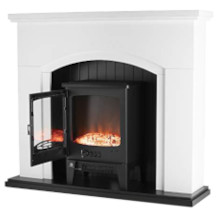
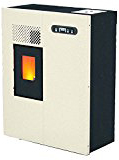
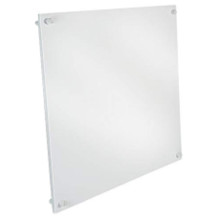

 no reviews
no reviews
